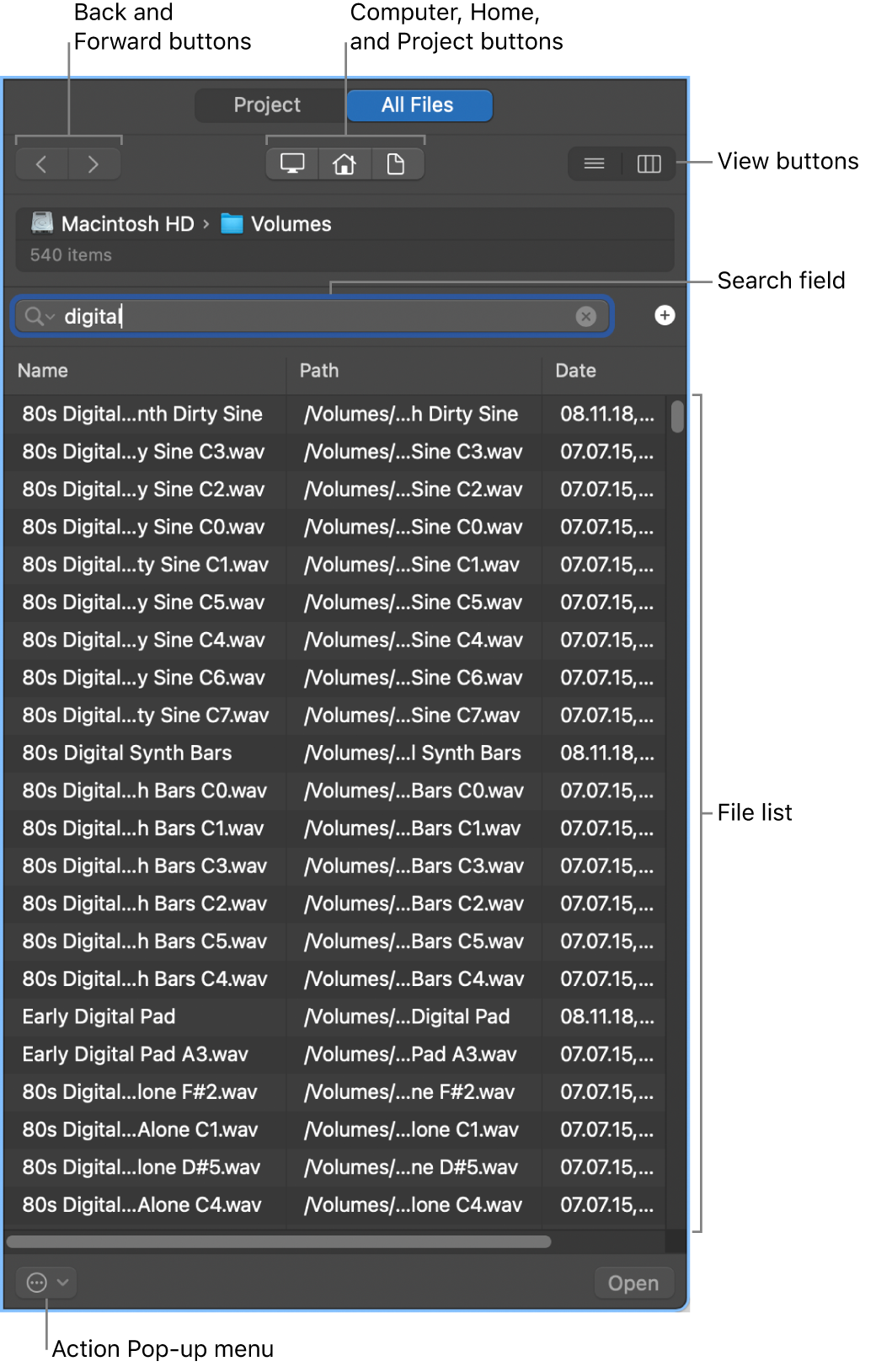
- USING KOMPLETE 11 SELECT WITH LOGIC PRO X FOR MAC OS X
- USING KOMPLETE 11 SELECT WITH LOGIC PRO X GENERATOR
- USING KOMPLETE 11 SELECT WITH LOGIC PRO X UPDATE
USING KOMPLETE 11 SELECT WITH LOGIC PRO X GENERATOR

Devices that have been previously connected will also appear but will be grayed out if they are not currently connected: Any device that is connected to the Mac will appear here. Next, open the MIDI Studio view by selecting "Window" from the menu and "Show MIDI Studio". This is what you should be seeing if the Yamaha Steinberg USB driver has been installed. All of these digital inputs and outputs will appear in Logic in the same configuration. 1-2 is the physical main stereo out, 3-4 is the USB digital out from the computer and 5-6 are the physical assignable outputs. On the right are the 3 pairs of outputs from the Mac back to the MONTAGE. These can be configured as stereo pairs or as separate mono inputs to the Mac within each MONTAGE Performance. USB 3-32 are each of the individual inputs. The audio setting above on the left shows the 32 digital inputs from MONTAGE to the Mac, with USB 1-2 being the main stereo out. Below is what it should look like when MONTAGE is connected at the default 44.1 kHz/24-bit setting:

Open the Audio MIDI Setup application choose "Show Audio Devices" under the "Window" Menu. Once all the software components are properly installed and MONTAGE is connected to the Mac, open the Audio MIDI Setup application that resides in the Utilities folder (located inside the Applications folder).

The version of Logic Pro X used in the tutorial is 10.2.4.īefore diving into Logic Pro X, you can check to see that your Mac and MONTAGE are connected with a useful application called "Audio MIDI Setup".
USING KOMPLETE 11 SELECT WITH LOGIC PRO X FOR MAC OS X
Install latest version of the MONTAGE Connect for Mac OS X plug-in.Install latest version of the Yamaha Steinberg USB Driver.(Version 1.9.10).
USING KOMPLETE 11 SELECT WITH LOGIC PRO X UPDATE
Update your MONTAGE before starting this tutorial (Version v1.20).


 0 kommentar(er)
0 kommentar(er)
